No Results Found
The page you requested could not be found. Try refining your search, or use the navigation above to locate the post.
selected branch:
yard sale starting soon!
Day(s)
:
Hour(s)
:
Minute(s)
:
Second(s)
yard sale starting soon!

The colour of your home not only affects the overall aesthetic, but research has shown that it has a significant impact on how quickly it gets sold when on the market. Here are some of the best ways to add colour to your home without breaking the bank.
Keeping up with colour trends without breaking your bank.
Every so often, a different colour becomes the trendiest one to paint your home. This year it’s dusty pink and green hues while last year, mustard and muted pastels were all the rave. The colour of your home not only affects the overall aesthetic, but research has shown that it has a significant impact on how quickly it gets sold when on the market. Therefore, a good choice of colour is vital in procuring buyers’ interest. This doesn’t mean that you have to constantly repaint your home to keep up with trends if you don’t intend to. There are more short-term, inexpensive options for adding colour to your space to add more value and make those first impressions last.
Here are some of the best ways to add colour to your home:
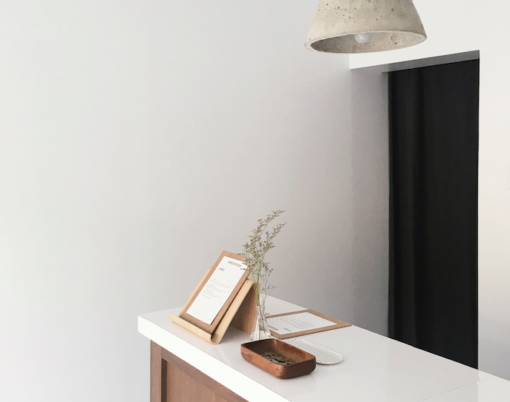
Neutrals never fail- a timeless colour for the walls of your home not only looks good and is sustainable for years to come, but it can easily be elevated with pops of colour through interesting decor. Neutral tones are always fool proof as they are not as polarising as bold colours when it comes to the wall preferences of potential buyers. Neutral homes not only give buyers the best view of your house’s potential, they also open up the space, giving it a sleek and modern look.
If you want to bring trendy colours into your home without blowing your budget, incorporate them in smaller accent pieces that can easily be switched out when necessary. Another simple way to modernise your space is by updating outdated fittings and fixtures to keep your home looking fresh, especially against a neutral background.
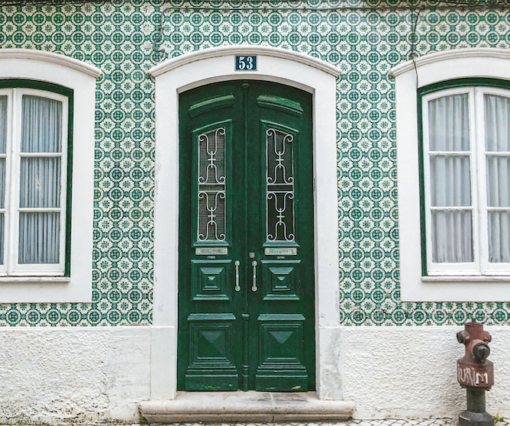
A simple and inexpensive way to add a splash of colour to the exterior of your home is by painting your door a fun colour, for a charming and quaint twist. It’s certainly more of a conversation starter than your regular old door and isn’t a big effort to repaint should new buyers prefer a different colour. If you don’t have a door made from material that can easily be painted, consider a window frame or any other stand-out feature of your home’s exterior.

A fool-proof way to add colour and a more vibrant energy to your home is through florals and greenery. They can easily be switched out when you feel like championing a certain colour and switching up the mood. While house plants are more high maintenance than fresh flowers, they are wonderful at adding personality to a space.
Art is easily one of the best ways to add a special touch to your home and make your space more lively. You don’t have to collect expensive pieces – framed prints, posters or even personal photographs will do the trick and can also be easily updated depending on whichever colour you’re looking to incorporate.
For any questions you might have on how to improve your home with beautiful flooring, or sanware, our Tiletoria sales team are at your nearest showroom eager to assist you.

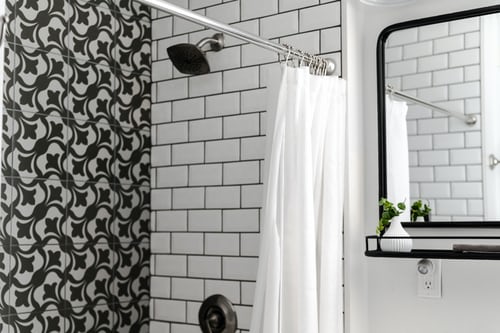
With the world becoming increasingly health conscious and equipped against germs, it’s important to consider all potentially harmful factors in your home to protect your family. Naturally, your flooring selection makes up a large portion of it. Rest assured, tiles are one of the most hygienic surfaces you could find!
Tiles are glass-like/ vitreous floors, making them an ideal wall and floor covering for places such as hospitals and commercial kitchens. They have a very low water absorption and are almost completely waterproof unlike other surfaces such as carpets, wood and even concrete. Naturally, water can contain viruses, bacteria, fungi, etc. The glass-like surface means virtually nothing can penetrate the surface and the low absorption rate means tiles do not absorb water, even from underneath.
Therefore, from a hygiene perspective, porcelain tiles (less than 0,5% water absorption) followed by glazed ceramic tiles (less than 3%) are the best. The key advantage of tiles is that they are quick and easy to clean as they can simply be disinfected and can withstand chemical and acids or alkalis. If you need advice on what to use to clean your tiles, check out our blog article called How To Clean Your Tiles.
The weak point, however, is in the tile grouting. Grout is more porous than tiles and is the inevitable starting point for fungal growth in particular. Grout, therefore, requires special attention; the fewer grout lines, the better. For this reason, large format tiles have become increasing popular as they require smaller grout lines.
A large format tile is considered to be square or rectangular in shape with the length of at least one edge greater than 600mm (nominal) or a facial area greater than 3500cm² (nominal). You can check out our range of large format tiles on our website. Interior designers love the near-seamless effect this creates, and they’ve made good use of these sophisticated tiles in hotels, restaurants and shopping malls. Sometimes, they use bold and dramatic large format tiles to really make a statement like these unique metallic bronze matt porcelain (600 x 1200 mm) tiles.
Since bacteria and fungi flourish in warm and wet conditions, bathrooms are particularly prone to these harmful germs. Ensure that wet areas in your home are dried/ ventilated after use to reduce the chances of germs flourishing and being spread.
Pop down to your nearest showroom to shop our range of beautiful porcelain and ceramic tiles.
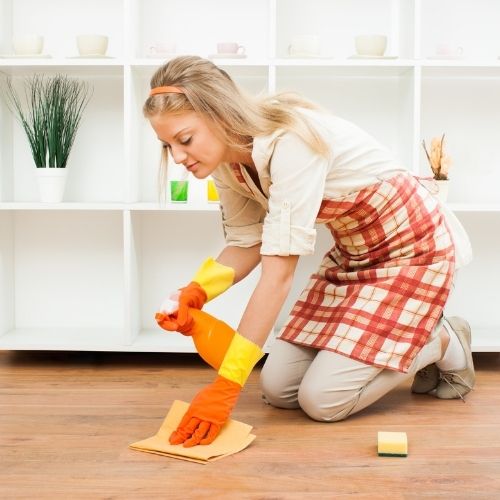
The tiles you choose to install in your home are an investment and require the necessary care as any other part of your space. Naturally, certain tile materials will require specific kinds of cleaning materials and techniques. Just as you wouldn’t use a scouring pad to wash plastic items, you wouldn’t use certain cleaning materials and detergents on certain tiles. Ideally, your tiles should be cleaned regularly (both wet and dry cleaning), at least once a week to keep your floors looking crisp. From keeping your floors stain-free to your grout looking fresh, here are the best ways to clean different types of tiles.
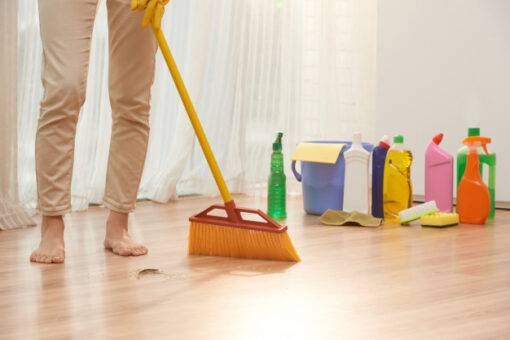
Tiles made from these materials are rather durable and do not require a huge amount of effort to get into tip-top shape.
1. Sweep up any loose dirt and dust: Before doing any type of cleaning or polishing, make sure you’ve got an empty surface to work with. Sweep or vacuum your tiles right before you clean them (naturally, doing this well in advance means dirt and dust will pile up on your floors again). Be wary of the type of vacuum cleaning tool you use to make sure it won’t scratch the surface of your tiles.
2. Choose the correct mop to work with: Clean your tiles with a mild detergent/ floor cleaning agent and opt for a chamois mop over a sponge one as sponge mops tend to push any dirt into the grout lines and make the cleaning process more of a challenge. Make sure your water is swapped out if dirty as dirty water will leave a cloudy film over your tiles.
3. Get rid of any soap residue: If your tiles still have any film or hazy residue on them even after washing, it’s most likely due to the soap or detergent you have been using. A simple way to remove this and keep your tiles looking shiny would be to use fresh lemon juice. This is only appropriate for use on ceramic and porcelain tiles but avoid using it on stone tiles as this could damage them.
4. Spot the stains: Should you encounter any pesky stains whilemopping, give it that area a little more TLC and use the most appropriate cleaner. In this case, using a smaller soft sponge and wiping by hand should be most effective.
5. Dry your tiles: Allowing your floors to air-dry will most likely result in them having water spots from the washing. Dry your tiles with a clean and lint-free cloth straight after washing by dragging it under your foot across them.
Resilient tiles are those made from materials like rubber, vinyl and linoleum which generally require less maintenance. Vinyl tiles are one of the easiest kinds to maintain as you can simply sweep or vacuum up any existing dirt without any hard labour required. Avoid using any abrasive cleaning materials on this surface as it will cause damage, simply mop with water and vinegar or a cleaning solution made specifically for vinyl floors.
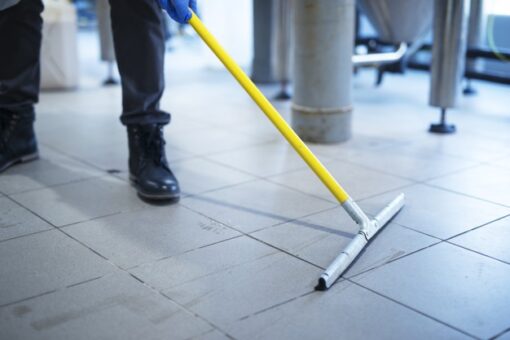
Clean grout makes the biggest difference when it comes to keeping your tiles looking fresh. It easily traps dirt, meaning it doesn’t take much for your tile grout to become crusty. A simple way to keep it looking clean would be to create a quick, easy and inexpensive DIY paste with baking soda and water. Simply rub it into the stained grout, let it settle for a couple of hours then scrub it with a stiff nylon brush, perfect for getting into all the nooks and crannies. You can use a silicone-based grout that’s best applied 10-14 days after the grout it applied to keep the stains away.
If you need advice on how to clean your flooring, our friendly staff are always available to assist you at your nearest Tiletoria showroom.

Here are 10 Reasons Your Floor Tiles Crack:
Freshly-poured concrete contains large amounts of water and as the concrete cures, the water concrete shrinks underneath the laid down tiles causing extra strain and pressure. New concrete requires a minimum of 28 days to cure. Request a moisture test from your tiler which will help you identify whether your tiles cracked due to the concrete or not.
While concrete seems to be a suitable base to lay tiles down, due to age, most concrete eventually cracks. When concrete substrate cracks underneath tiles, it is transmitted to the tiles and causes long, continuous reflective cracks that extend across multiple tiles. To prevent this situation from occurring, install a crack isolation membrane over the concrete during installation.
If you have a crack that is only located and isolated to one area on one tile, then it is likely that something hard was dropped on the floor. This is especially common in areas such as the kitchen, where heavy objects, such as cans, pots or pans often get dropped. It is advisable to always buy 10% extra in spare tiles for your home. These occurrences are considered normal wear and tear.
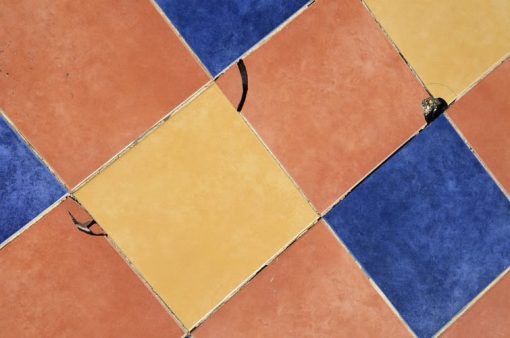
The breaking strength of a tile is regulated within the industry, and most tiles meet and exceed these standards. Commercial equipment, such as fridges, do not exert enough ground pressure to exceed the breaking strength of tiles. However, industrial machinery or commercial sliding security filling racks might be too heavy. Tiles are not the right flooring to use under industrial equipment.
Control joints are essentially pre-planned cracks aimed at controlling where and in which direction the crack spreads. By catering for heat expansion and cold contraction of the concrete, this can usually be contained to a straight crack line. It is not good practice to use tiles to bridge a line that will knowingly expand in future.
‘Tenting’ is the term used for the lifting of tiles, which is primarily caused by poor installation, improper use of adhesives or inadequate grouting and expansion joints at the edges of the room, room entrances or in very large or long rooms, such as passages. Due to lifting, this makes the tile more prone to cracking as it is no longer firmly bonded to the substrate. Furthermore, the force created from tiles expanding against each other may be enough to make a tile crack.
While it is possible to buy sub-standard tiles, if you buy tiles from a respected professional supplier it is unlikely that this is the cause. However, ensure that the tiles that you have bought are compliant with the proper testing standards. You also need to ensure that the correct tiles have been used for the correct application.
Ceramic tiles, especially larger ones need an even distribution of mortar underneath them when installed. Any voids in the mortar underneath the tile allow room for flexibility and ultimately cracks. There needs to be an adequate amount of mortar applied to the back of larger tiles as well to ensure there’s enough coverage.
Having plywood as a base for tiling is never a good idea as it is a flexible material, meaning the tiles are more susceptible to cracking. The most suitable subfloor for ceramic tiles is a mud bed or a cement backer board over plywood in the case where a mud bed cannot be used.
If tiles are installed directly over concrete floors, it will mirror any cracks that exist on the floor i.e. if the floor cracks, it will radiate up to the tile. In order to tackle this, apply an uncoupling membrane to the concrete before installing your tiles as it bonds the two. The membrane allows for movement in the floor without having it radiate through the cracks.
For more tiling advice visit a Tiletoria near you today and speak to our friendly salespeople.

While many may consider ceramic and porcelain floors to be one and the same and although they look rather, there are many factors that come into play that set them apart.
The main difference is that porcelain is less porous and more resistant and denser than ceramic tiles. Compared to ceramics, they are highly resistant to scratching and chipping. This makes porcelain a more suitable option for both indoor and outdoor use and more durable meaning it is ideal for spaces with heavy foot traffic such as shopping malls and schools/ universities. With a melted glass glaze, porcelain is completely impervious to water.
Ceramics, on the other hand, are preferable for indoor use and tiling walls. Since they are less dense, they are better suited for self-installation and will generally cost you less should you opt for professional installation.
One thing these floors have in common is that they are simple to clean and maintain. Regularly sweeping and mopping with a specialised detergent will do the trick.
Another bonus of incorporating ceramic or porcelain floors into your space is the wide variety of sizes, formats and designs to choose from.
Shop our range of ceramics and porcelain.

When purchasing tiles for your space, it’s advisable to always account for an extra 10% in the event of any future uses. There are many reasons you could need a replacement tiles such as cracks and discoloration, and unfortunately certain tiles stop being produced and you’ll have to find a suitable substitute if you wish to renew your tile/s.

Finding the best match for your existing tiles can be tricky, but with the following tips, you’ll be one step closer to making your space feel complete again.
When initially purchasing your tiles, you were most likely advised to get an extra 10%, so have a look around your home/ your storage areas for any extra tiles you may have forgotten. Places like your garage, tool-shed or even behind large appliances and cabinets are your best bet. The spars may have just been left behind by the tiler/ person who DIY-installed.
If you don’t have any luck finding spares of your original tiles, your next best option would be to take a sample of your tile to your local storeroom and have a salesperson check if there are any leftovers of the range or if there is another tile that would be a good match.
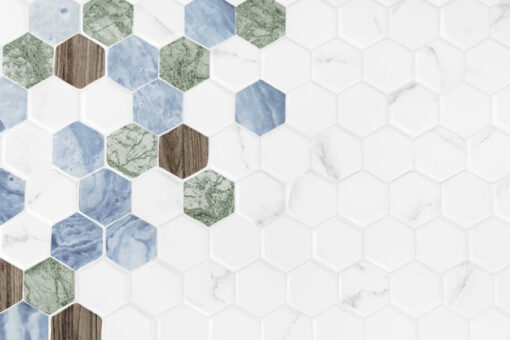
If you have any information about the tile manufacturer or design number, do a little digging on the internet to see if you get your hands on some of the discontinued tiles. You never know what you might find.
If all of the other options don’t work out for you, try removing tiles from under permanent fixtures such as fridges, large cabinets, dishwashers, etc. where possible. If they can be carefully removed, it may be worth adding them to more visible spots where your tile has cracked.
Need to replace a discontinued tile? Visit your nearest Tiletoria showroom and one of our friendly sales assistants will help you along the way.
Please select the branch closest to you ...
Pricing and stock information displayed on this site will be of the branch you select.
It will remain your default branch until you change it.
All prices are inclusive of VAT.